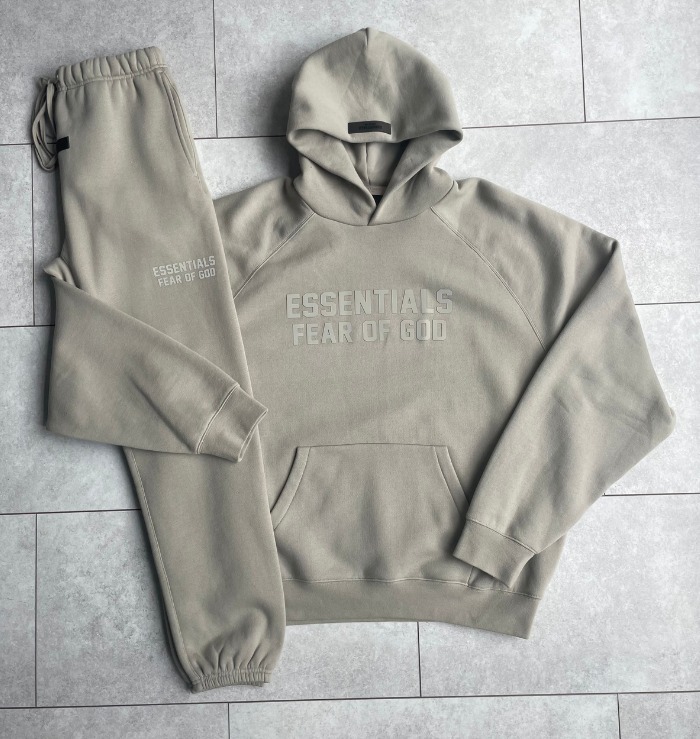
Candles offer more than just light—they deliver atmosphere, comfort, and mood through their scent and style. However, to keep their fragrance and form intact, proper packaging plays a critical role. This article explores how candle boxes help preserve both the fragrance and quality of candles, ensuring they remain fresh, appealing, and long-lasting for customers.
Protection from Environmental Factors
Candle fragrance can quickly fade when exposed to air, light, or temperature shifts. This is why storing candles in protective packaging is essential. Candle boxes act as a shield against these external elements. When candles are left out in the open, exposure to sunlight can break down their essential oils. This not only reduces scent strength but can also alter the chemical makeup of the wax.
Humidity and air also affect a candle’s performance. Moisture in the air may cause the wax to soften or crack. On the other hand, dry conditions can dry out the oils, resulting in less scent when the candle is burned. Custom candle boxes help regulate the internal conditions around the product. They maintain a barrier that slows down the impact of weather and air exposure.
In colder climates, the wax may shrink or harden, affecting how it burns. If the candle is packaged in a sturdy box, it is less likely to suffer from temperature swings. This kind of packaging keeps the candle’s structure firm and the wick stable. It helps the candle burn evenly and safely.
Dust and other airborne particles can also settle on exposed candles. This can change both appearance and fragrance. A well-sealed box keeps such contaminants out. The candle stays clean, fresh, and visually pleasing. Over time, packaging helps maintain the product’s original form and scent as intended by the manufacturer.
Preserving Essential Oils and Scents
The aroma of a candle comes from carefully blended essential oils. These oils are fragile and can evaporate if not properly protected. Exposure to open air causes them to break down quickly. A candle box provides an air-tight or semi-sealed environment that slows this process.
When candles are made with natural ingredients like soy wax or beeswax, they need even more protection. Natural waxes absorb and release scents differently than synthetic materials. They are more prone to losing fragrance if left in the open for too long. This is why these candles benefit more from being stored in quality packaging.
Candle boxes ensure that essential oils stay in the wax and do not escape into the surrounding air. This keeps the scent strong for when the candle is used. Without packaging, even the best candle will lose its appeal in just a few weeks. The scent won’t be as fresh or as powerful.
The packaging also helps keep out foreign scents. Candles absorb odors from their environment. If placed near strong smells like cleaning supplies or food, their fragrance may be altered. Boxes act like a barrier against such contamination. This is especially important for candles meant for relaxation or aromatherapy, where the scent plays a big role in the user’s experience.
Enhancing Shelf Life for Retail Display
In a retail setting, candles may sit on shelves for months before purchase. During this time, they are exposed to store lighting, handling, and fluctuating temperatures. A candle without proper packaging may degrade quickly in such conditions. Candle boxes help preserve their freshness until the moment of sale.
A good box provides both physical and scent protection. It also helps the candle maintain its color. Colored wax fades when exposed to artificial light for too long. A box with protective coating can block out harmful rays. This keeps the candle looking vibrant and new even after long display periods.
Retail environments also involve constant touching by customers. A boxed candle is less likely to be damaged or scratched. Fingerprints and smudges make a product look less appealing. Packaging keeps the candle untouched, clean, and ready for use.
Boxes also reduce the chances of the wick becoming bent or broken. This is important because wick damage affects burning quality. Retailers benefit from candle boxes because they reduce product returns and increase customer satisfaction.
Improving Transportation and Handling Safety
Transporting candles without packaging increases the risk of damage. Whether shipping in bulk or small batches, candle boxes provide structure and safety. The wax can crack, melt, or deform if not packed well. A sturdy box prevents physical impacts and keeps the candle stable.
During long-distance shipping, candles may face pressure, stacking, or sudden movement. This could ruin both the candle’s shape and its scent. A box with fitted inserts or padding helps maintain form. It keeps the candle in place and reduces friction during transport.
Handling is also easier with boxed candles. Warehouses and shipping teams can label, store, and organize them better. This prevents misplacement or stacking errors. The chance of candles rubbing against each other or other products goes down. This means fewer issues for retailers and a better experience for customers.
Proper packaging also allows for tracking and handling instructions. Labels like “fragile” or “store in cool place” help avoid careless mishandling. All of this adds to preserving candle quality until it reaches the buyer’s hands.
Blocking UV and Light Exposure
UV light can be damaging to candles, especially those made from natural wax. It breaks down oils and dyes, leading to scent loss and fading. Most retail or home environments have some light exposure. Candle boxes reduce this risk.
Boxes made with UV-blocking materials or coatings offer strong protection. They keep the wax from yellowing or becoming brittle. A candle exposed to light will look older and may not burn properly. Customers want candles that feel fresh and luxurious. Keeping them out of light ensures a longer shelf life.
Even translucent or lightly tinted packaging helps reduce exposure. This small step protects the chemical balance of scented oils. It ensures the scent remains rich and consistent. This is important for candles that use lavender, citrus, or other delicate notes.
By using packaging to block light, brands protect both scent and color. This is one of the easiest ways to keep product quality high. It ensures candles stay just as the maker intended when customers finally use them.
Supporting Sustainable and Eco-Friendly Choices
Today’s consumers are more eco-conscious. They want products and packaging that do not harm the planet. Many candle boxes now use recyclable or biodegradable materials. This supports both quality preservation and environmental care.
Eco-friendly boxes are often made from kraft paper or recycled cardboard. These materials protect the candle without adding extra waste. They can be strong yet lightweight, offering both function and sustainability.
Green packaging also helps regulate air flow better. Natural materials like unbleached paper allow candles to breathe. This reduces the chance of moisture build-up or trapped odors. At the same time, it keeps the fragrance inside the candle intact.
The appeal of an eco-friendly box goes beyond the product. It reflects the values of the brand. Customers often feel better buying from a company that considers the planet. This emotional link also adds to perceived product quality.
Conclusion
Candle boxes play a vital role in preserving the fragrance, appearance, and overall quality of candles from production to final use. They shield delicate essential oils from air and light, maintain the candle’s shape during transport, and enhance shelf life in retail settings. In addition to offering protection, well-designed boxes elevate the product’s presentation and reflect the brand’s values—especially when they use eco-friendly materials. From maintaining scent strength to supporting a positive unboxing experience, the right packaging ensures customers receive a candle that looks, smells, and performs just as it should. Investing in high-quality candle boxes is not just about protection—it’s about delivering lasting value and satisfaction to the end user.





